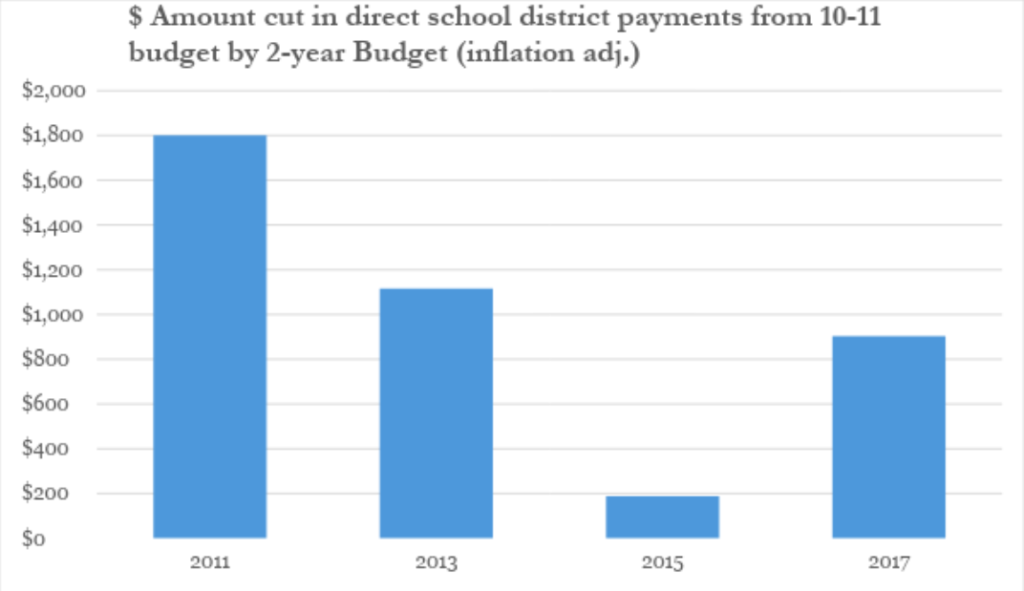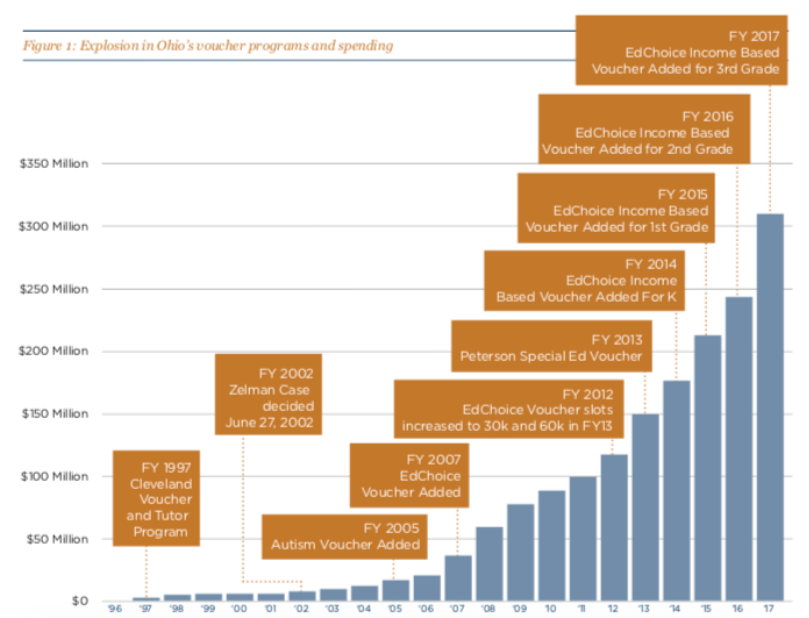
This week, the legislature is back in session for the first time in nearly a month, taking up a number of emergency measures necessary to respond to the Coronavirus pandemic.
Items we know will be on the agenda:
- Rescheduling the March 17 primary election
- Waiving standardized testing and other requirements for schools
- Extending the time to renew a drivers’ license
- Changes to laws requiring in-person meetings of various governing bodies, boards and commissions
Other legislation that could be in the mix include:
- Addressing expanded eligibility for private school vouchers to prevent a continued negative fiscal impact on local districts
The process at the Statehouse this week will look very different.
No regular committees are scheduled to meet, other than the powerful Rules committees in each chamber, which determine which measures will be going to the floor for debate and vote.
The House is scheduled to meet three times: Tuesday, Wednesday and Thursday at 1pm, while the Senate is in session on Wednesday (and possibly Thursday, if needed) at 1:30. At this hour, we are even hearing that the Senate may be called into session later today.
No regular committees are scheduled to meet, other than the powerful Rules committees in each chamber, which determine which measures will be going to the floor for debate and vote.
What those sessions will look like is up in the air – while members’ desks are normally well-spaced, it is possible that debate and vote may be extended to limit the number of people in the chamber at any one time.
The mechanism for enacting the above changes to state law is likely to look very different. Instead of three committee hearings before a bill goes to the full House or Senate for a vote, It is likely that policy changes enacted this week will be made by members offering, debating and voting on amendments on the floor of their respective chambers, potentially incorporating them into unrelated legislation that has already gone through the committee process. This faster, less hands-on process is arguably necessitated by the public health emergency but offers far less transparency, predictability and almost no opportunity for public input.
If you have an issue that requires legislative attention, contact your state lawmakers as soon as possible.
We’ve provided more guidance below on how to get help from state leaders during this crisis.
Who to Contact for Help
Remember, part of a lawmaker’s job is to provide constituent services. If you are experiencing challenges accessing benefits that you or your business may be eligible for, or in dealing with a state agency, your state lawmakers should be able to help you navigate those programs and get resolution.
In some cases, issues you are experiencing may highlight previously-unknown gaps in state programs and benefits. Letting your lawmaker know is one of the best ways to get those systemic gaps onto the radar of policymakters and into the legislative agenda at the Statehouse.
The Governor’s office also operates a constituent helpline. If you are having trouble with a state government program or agency, they are there to help.
If you observe someone engaging in fraudulent behavior, such as price-gouging or scamming consumers, contact the office of the Attorney General of Ohio.
New Legislation
Below are bills that have been recently introduced to deal with the current public health emergency:
- House Bill 557 (Sobecki) – Video Meetings – to authorize public bodies to meet via teleconference and video conference during a public health state of emergency as declared by the Governor, and to declare an emergency.
Committee Hearings to Watch
- Tuesday, 11 am – House Rules and Reference. Statehouse Room 116.
- Wednesday, 10:30 am – House Rules and Reference. Statehouse Room 116.
Find details about all upcoming committee hearings:
In-Session
- House: Tuesday, Wednesday, and Thursday at 1:00 pm – watch online
- Senate: Wednesday (and Thursday, if needed) at 1:30 pm – watch online
As always, we will be sharing updates on Twitter using the #OHLeg hashtag for legislation, #OHBudget for budget updates and #OHGov for executive actions. Follow us to stay up-to-date on what’s happening at the Statehouse.





